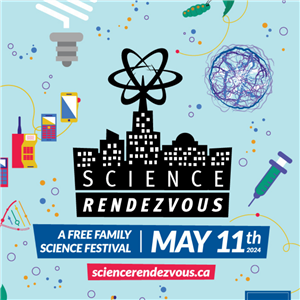Research areas
Discover the exciting opportunities awaiting you in our labs. Learn about the areas our researchers explore and the cutting-edge developments they make.
Research groups
Immerse yourself in the exciting world of chemistry by joining our research groups. We cover a wide range of topics including analytical, organic, inorganic, physical, and theoretical chemistry.
- Bieringer Research Group (Solid State Chemistry)
- Chemical Synthetic Biology - Xenobiology
- Circular Dichroism Spectropolarimetry Laboratory
- The Davis Research Group
- Electrochemically Functional Materials (C. Kuss research group)
- Functional RNA Lab
- Gough Lab
- Herbert Research Group
- The Khajehpour Lab
- Kroeker Lab
- Laboratory for Bioanalytics and Electrochemical Sensing (Kuss group)
- McKenna Lab
- Research Group of H. Georg Schreckenbach
- Ripstein Lab
- Schweizer Research Group
- Sorensen Research Group
- The Stetefeld Laboratory
- The Walsh Research Group









